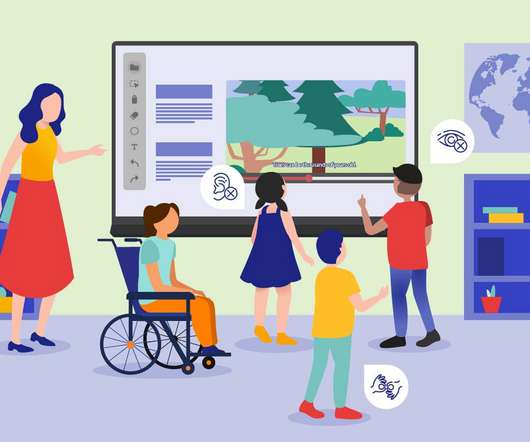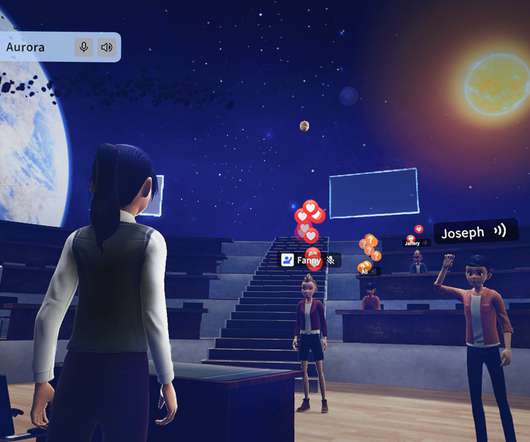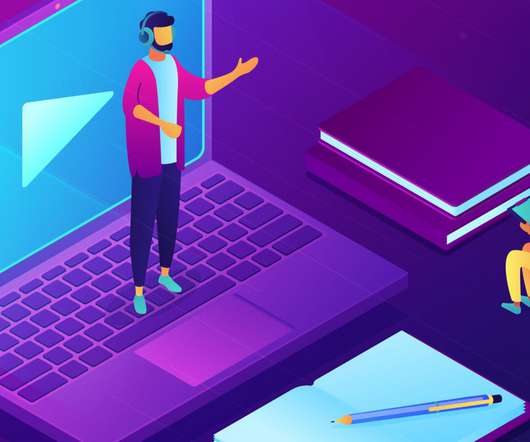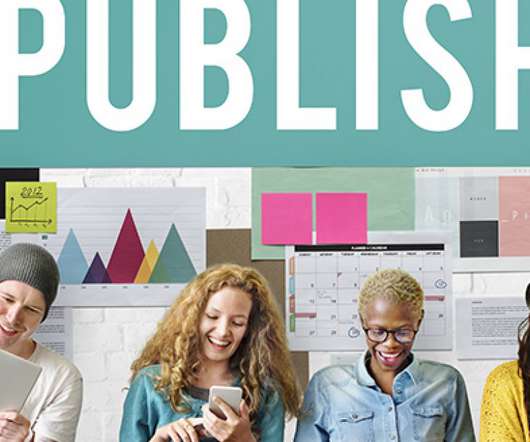Asynchronous Learning or Live Lessons? Which One Works Better for Me?
Edsurge
OCTOBER 1, 2020
There is a dearth of evidence to help teachers make informed choices on how to allocate time to asynchronous vs. synchronous online learning. By looking at research into online learning and human development, we can begin to grapple with the advantages and disadvantages of each approach. Let’s start with the basics.
























Let's personalize your content